$13.22
Mallard Ducklings
Mallard ducklings are among the most well-known and widely recognized duck breeds worldwide. These energetic and strikingly beautiful ducks are prized for their vivid coloration and strong adaptability. As one of the most popular waterfowl species, Mallard ducks are often seen in the wild but are also beloved in backyard flocks.
Duckling Appearance:
•Color: Soft yellow down with darker markings on the wings and back. As they grow, they develop the characteristic adult plumage of the Mallard breed.
•Bill & Legs: Initially, the bill is orange, and their legs are light yellowish to orange.
•Build: Compact, sleek, and alert with a rapidly growing body.
Adult Characteristics:
•Male (Drake): Beautiful emerald green head, yellow bill, and a white neck ring with a rich chestnut-colored body.
•Female (Hen): Mottled brown feathers with an orange bill and a more subdued color pattern. Females have an iconic quack and are the main egg layers.
•Size: Average weight of 3–3.5 lbs for both males and females.
Temperament:
•Friendly and Social — Mallards are active and curious ducks, often seen foraging and interacting with their flock. They are also known for being hardy and adaptable to various environments.
•Good foragers — Mallard ducklings quickly learn to dabble in water and search for insects, plants, and small fish.
Egg Production:
•Moderate egg layers — Female Mallards typically lay about 100–200 eggs per year, usually in the spring.
•Eggs: They lay white or off-white eggs with a slightly speckled appearance.
Ideal For:
•Pond owners, small farms, and homesteads who want a natural, wild-looking duck for egg production, pest control, and ornamental purposes.
•Great for beginner duck keepers due to their resilient nature.
Care Tips:
•Water Needs: Provide clean water for them to dabble in and drink (a small pool or pond works well).
•Feeding: Start with a high-quality duck starter feed and move to a layer feed as they grow.
•Housing: Secure duck houses or coops to protect from predators at night.
•Free-Range: They enjoy free-range space to forage during the day.
Fun Fact:
•Wild & Domesticated: Mallard ducks are the ancestors of many domesticated duck breeds, including the popular Pekin and Khaki Campbell, and are often seen in parks, ponds, and lakes worldwide.
| pa_poultry-type | Ducks |
|---|
Be the first to review “Mallard Ducklings” Cancel reply
Related products
Uncategorized
Uncategorized
Uncategorized
Uncategorized
Uncategorized
Uncategorized

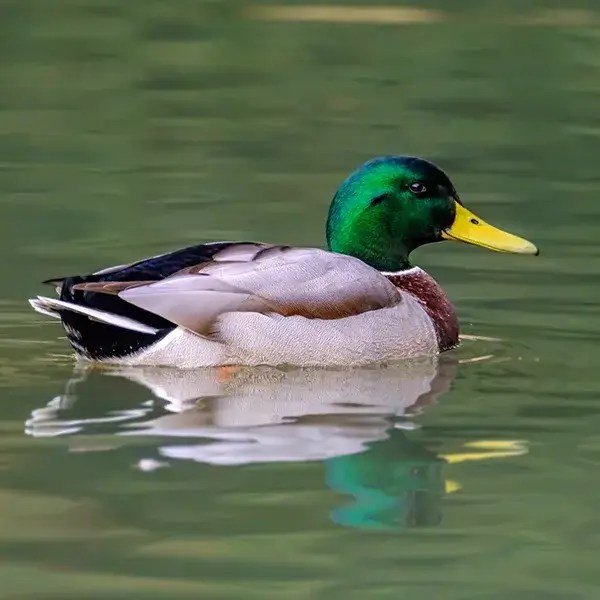
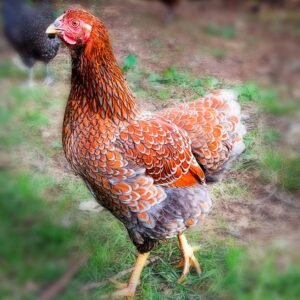
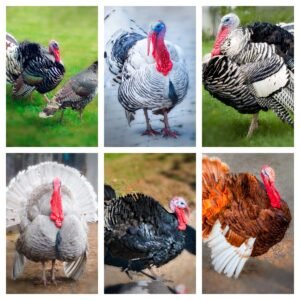

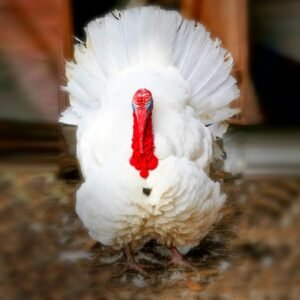


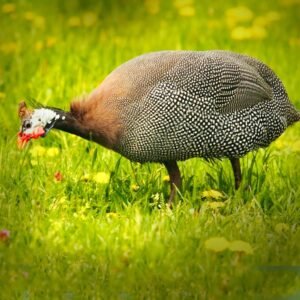
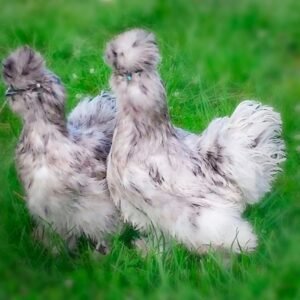
Reviews
There are no reviews yet.